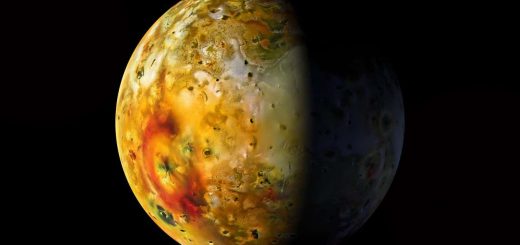Artificial cooling ‘urgent’ for Great Barrier Reef after warming spike
A drop in shipping emissions has caused a surge in warming at the Great Barrier Reef, fuelling calls for drastic actions such as marine cloud brightening to lower the risk of coral bleaching
By Madeleine Cuff
11 July 2025
Coral bleaching in the Great Barrier Reef off Queensland, Australia
Nature Picture Library/Alamy
Strategies to artificially shade Australia’s Great Barrier Reef from rising temperatures are urgently needed, scientists have warned, in light of new research that suggests changes to shipping fuels have increased the bleaching risk to the coral.
The Great Barrier Reef has suffered extensive bleaching damage in recent years caused by rising sea temperatures driven by climate change.
Read more
Geoengineering could save the ice sheets – but only if we start soon
Changes to rules governing shipping fuel composition in 2020 have caused additional damage, says Robert Ryan at the University of Melbourne. These changes have reduced emissions of sulphur dioxide, a health-harming pollutant, but also removed aerosols that can enhance the cooling effect of marine clouds over the reef.
Ryan and his colleagues used a computer model to simulate the impact of the changes to shipping fuels on cloud cover and solar radiation above the Great Barrier Reef over 10 days in February 2022. They used the results of previous studies to estimate the impact those changes would have on sea surface temperatures and bleaching risk at the reef.
They found that shipping emissions at pre-2020 levels boosted the cooling effect of clouds over the area, and the rules curtailing sulphate aerosol pollution have removed much of this cooling effect. As a result, the new shipping fuel regulations caused the equivalent of an additional 0.25°C of sea surface temperature heating, and made coral bleaching conditions between 21 and 40 per cent more likely during the 10-day period that was studied.


